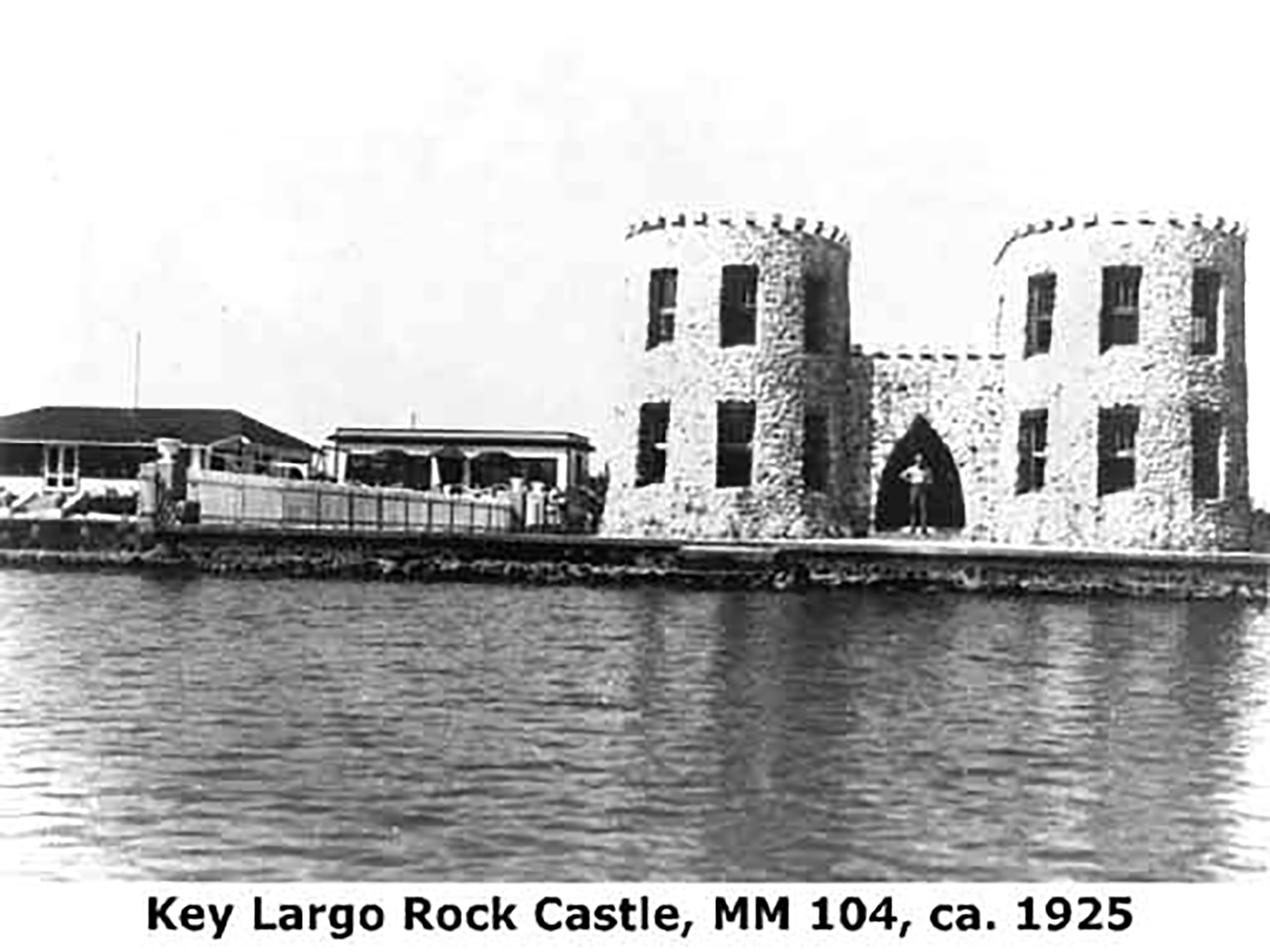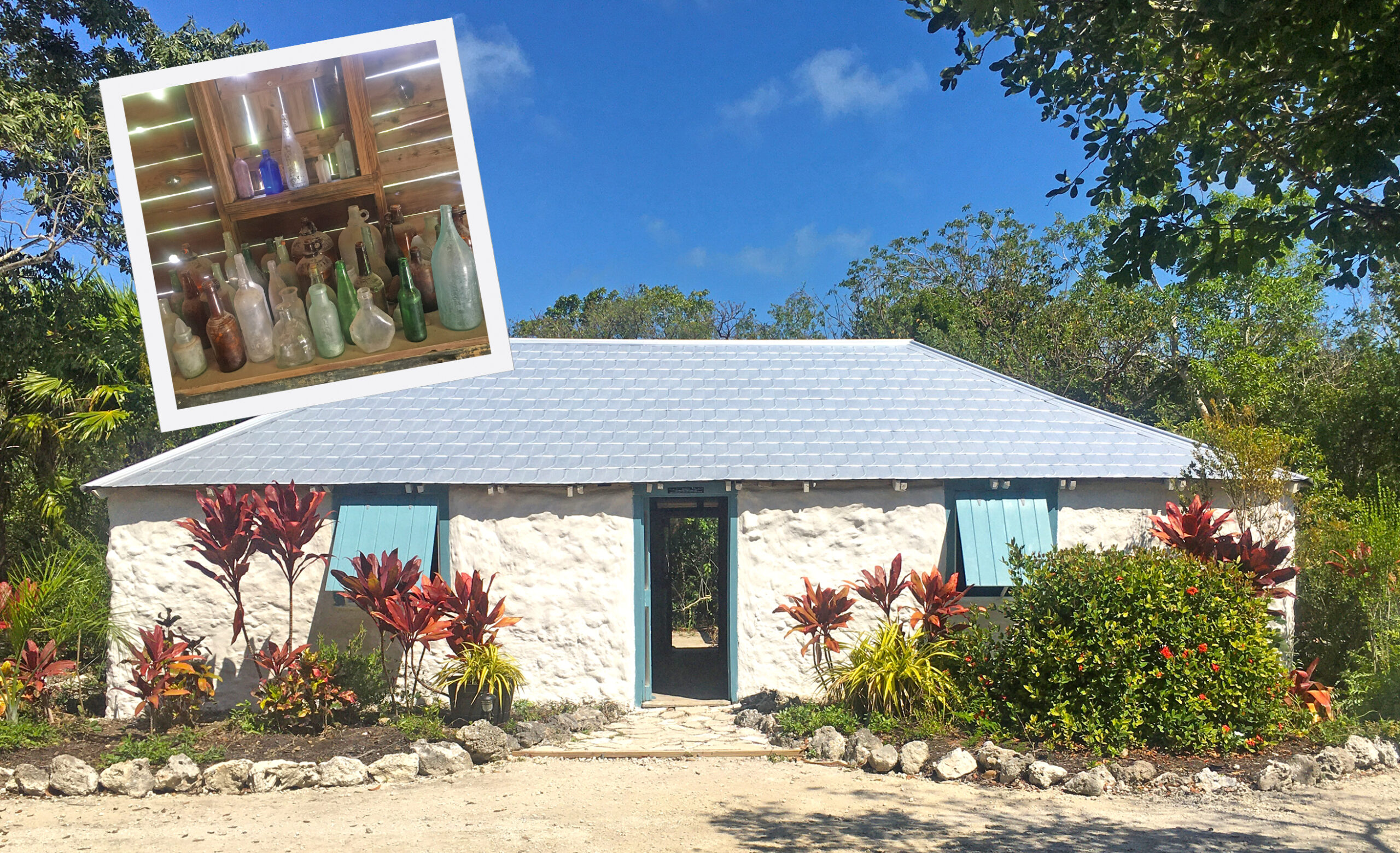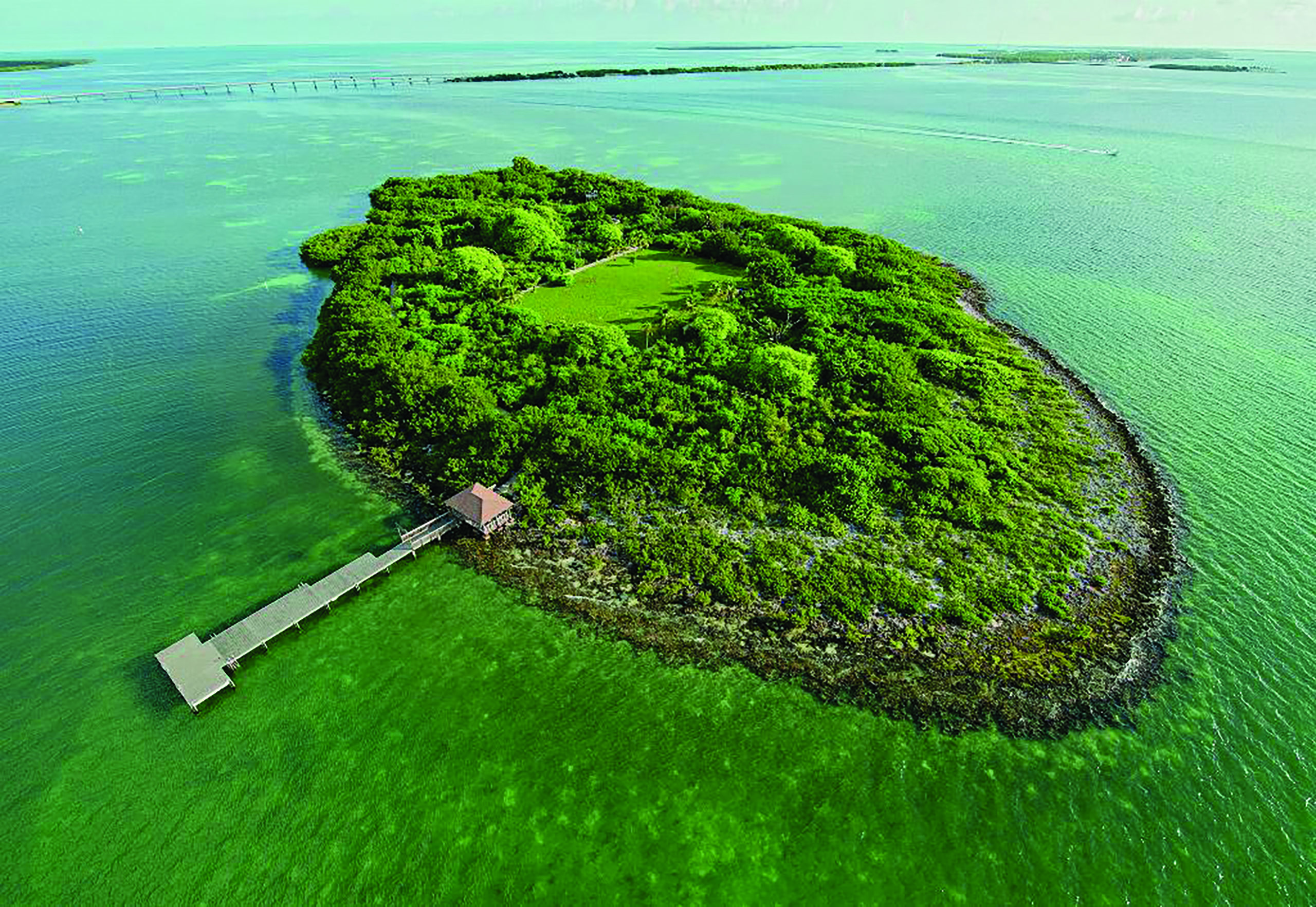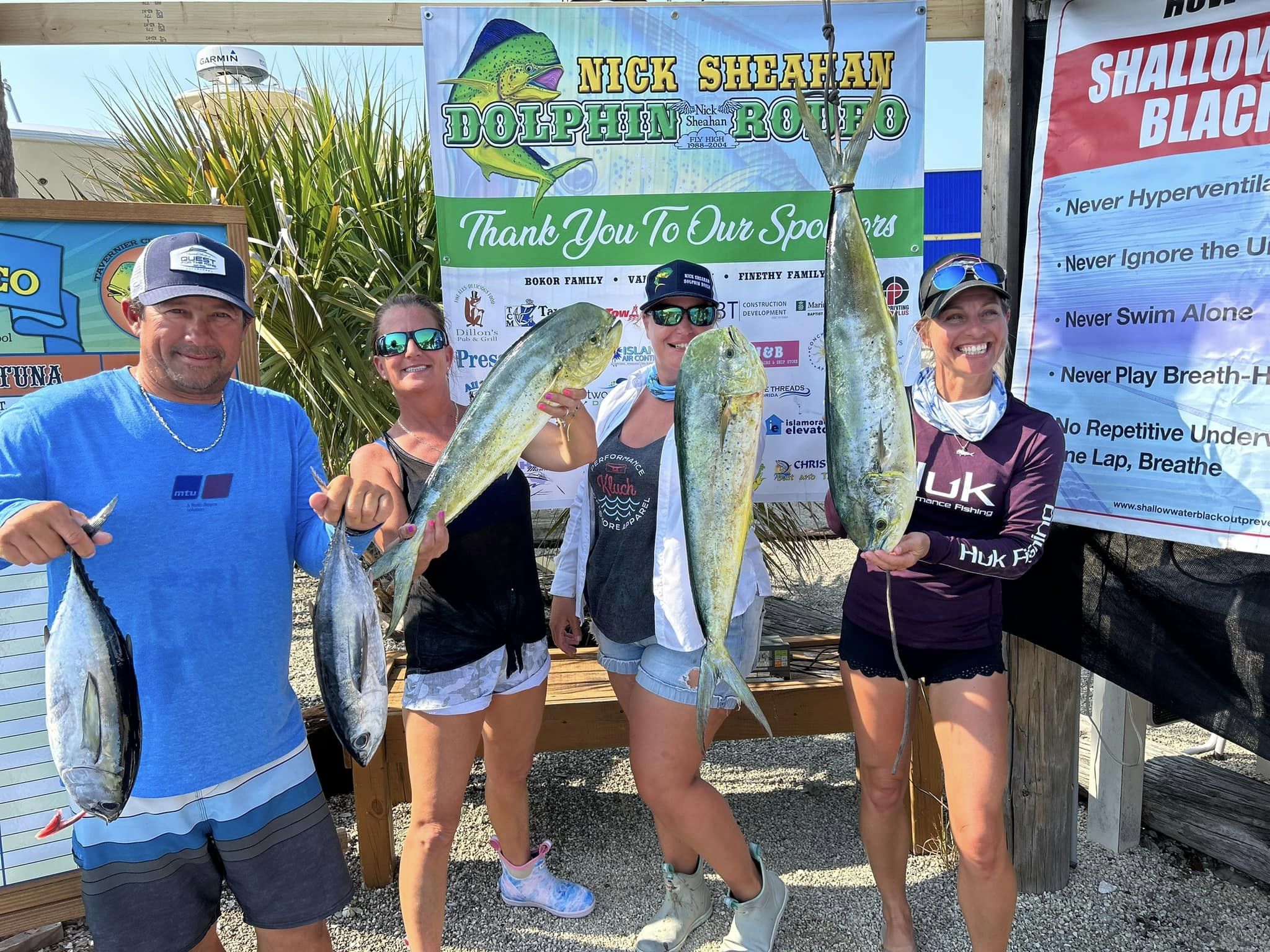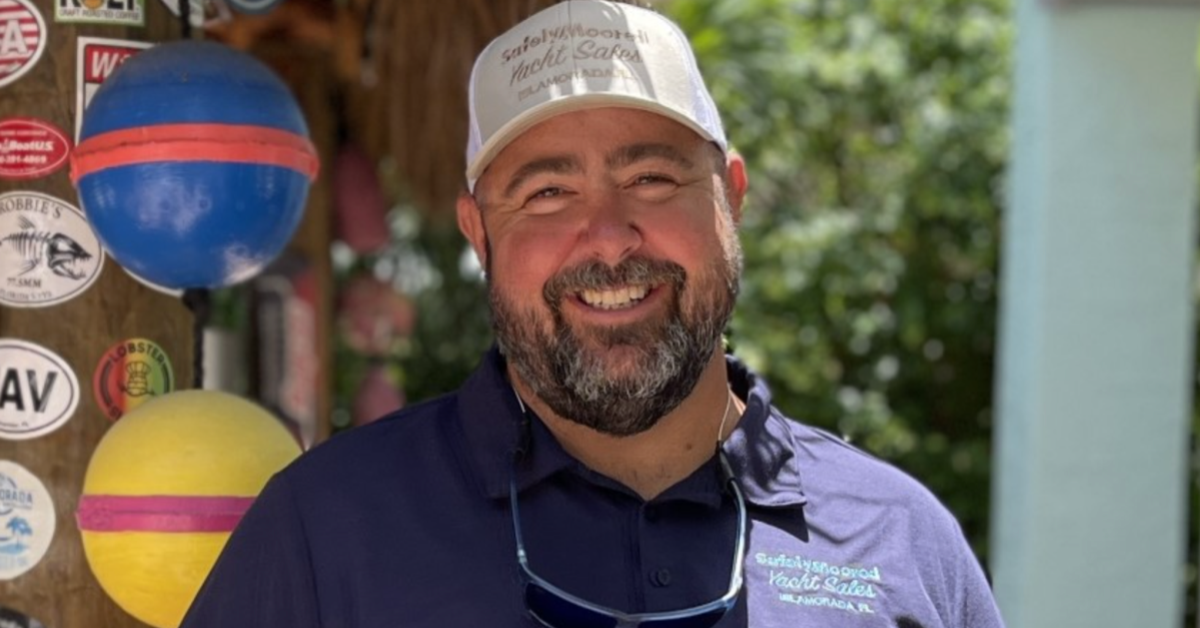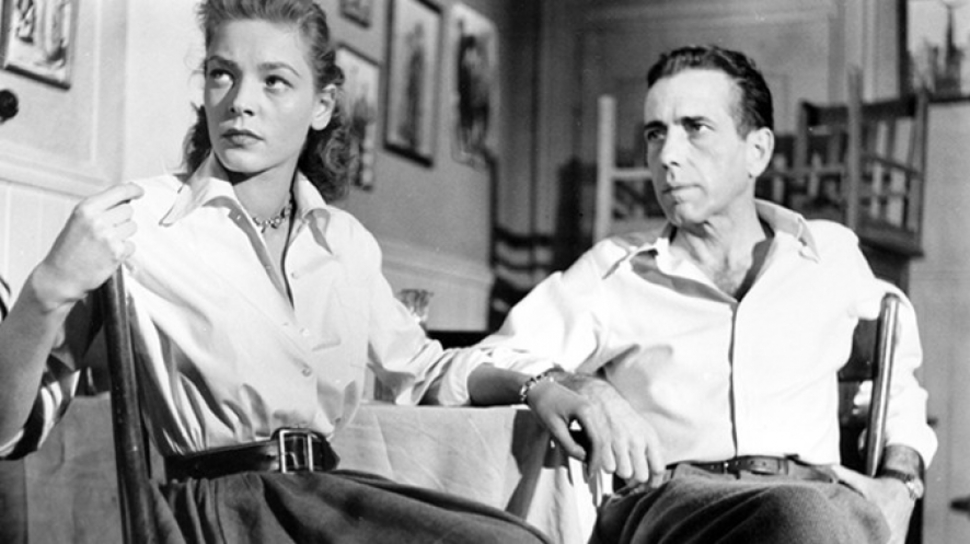The Upper Keys have some haunted tales we may have heard before, but there is always time for new mysteries. Does Islamorada have haunted houses and unsettled spirits? With Halloween this month, all sorts of ghosts and goblins and spooky noises, real or imagined, may cause goosebumps and chills. Allegedly, Carysfort Lighthouse is haunted by a former lightkeeper and a castle-like house in Key Largo caused its owner to move because she heard inexplicable moans and noises.
In around 1920, a New Jersey dentist, Dr. George Engel, built a European-styled castle out of native coral rock with a couple round turrets. It became known as Largo Sound Rock Castle. The three-foot thick walls at ground level tapered to 16 inches at the top. Mrs. Engel reportedly stayed alone in one of the towers through the Category 5 Labor Day Hurricane of 1935. The 15-foot or so storm surge floated and pounded the first floor furniture beneath the tower where she took refuge. It is said Mrs. Engel continued to hear the furniture banging around even after the hurricane.
However, according to Upper Keys Historian Jerry Wilkinson, Mrs. Engel was already in an insane asylum during the Labor Day Hurricane, according to her daughter, and was not in the house when this was said to have occurred. Dr. Engel died in 1945 and the castle remained vacant until the mother of a local attorney, Jeff Gautier, purchased it in 1952. She remodeled the house and removed the stone parapets along the roofline for safety reasons. While it was vacant, others claimed to have heard noises like the banging of furniture coming from the house. Hence, it was sometimes referred to as the “haunted house on Largo Sound.” But, subsequent residents reported no ghost tales or noises. “The Castle” remains one of the oldest structures in the Upper Keys, still standing in its original location on Oceana Drive, mile marker 103.5 oceanside.
Another popular haunting story concerns Carysfort Lighthouse about six miles off the coast of Key Largo. It is the oldest functioning screw-pile lighthouse in the United States. Named for the HMS Carysfort, a 20-gun Royal Navy post ship that smashed hull first into the reef in 1770, its ghostly mystery began in the 1850s with the lighthouse’s first keeper, Captain Johnson, who had died in the building. A moaning and screeching sound heard in the evenings was said to be Johnson’s ghost, but 50 years later was proved to be the sound of the structure’s metal settling and cooling in the evenings. Nevertheless, scary embellishments about the lighthouse, such as at backpackerverse.com/, provide tales to make hair stand on end.
If skeletons are in your closet or otherwise, you might like a true tale of a skeleton gone missing as told by the Florida Keys History & Discovery Center in Islamorada. Off the coast of the Fills, near mile marker 78, is the historic island, Indian Key that has idyllic breezes making it mostly mosquito-free. A community sprung up there in the 1800s and Jacob Housman, a wrecker from Key West, was its main developer buying property after property beginning in 1830.
A decade later, the island and its occupants were savagely attacked by the Seminoles, and nature eventually reclaimed the island, according to www.keyshistory.org. “On August 7, 1840, [Chief] Chekika led about 17 canoes loaded with Indians on an attack of Indian Key. Dr. Perrine and six others were killed and the island sacked, looted and burned,” But, Housman did not die in the attack.
Historian Wilkinson said, “After the attack, Jacob and Ann [Housman] sailed to Key West and eventually auctioned off some of his remaining property. In early May 1841, while at sea he died.” A marble epitaph paying tribute to Housman that lay on Indian Key was taken to Miami by the Historical Association of South Florida in 1952 and now is at Lignum Vitae Key.
According to the History & Discovery Center, Hurricane Betsy hit the Keys in September 1965 and on Indian Key, Charlotte and Russ Niedhauk of Lignumvitae Key uncovered a skull, skeleton “and a nameplate Housman” in March 1966. They also conversed with Terry Starck of Islamorada who had found a grave.
Starck had found an unmarked grave about 50 feet from the Housman marker. He had seen what appeared to be a part of a human skull along the shore, and then spied the grave. He said his wife and he excavated it with their hands, took a photo of a skeleton and then reburied it. It appeared to be a complete skeleton, he said, although a leg was out of place.
When Starck returned to the island about three weeks later, the skeleton had been removed and all that remained were several teeth. Starck had taken a photo of the grave with the bones in situ and this is shared along with the mystery at the History & Discovery Center. But, who removed the skeleton, why, and where is it today? It couldn’t have just walked away, or could it?
Article Contributed by: Jill Zima Borski


